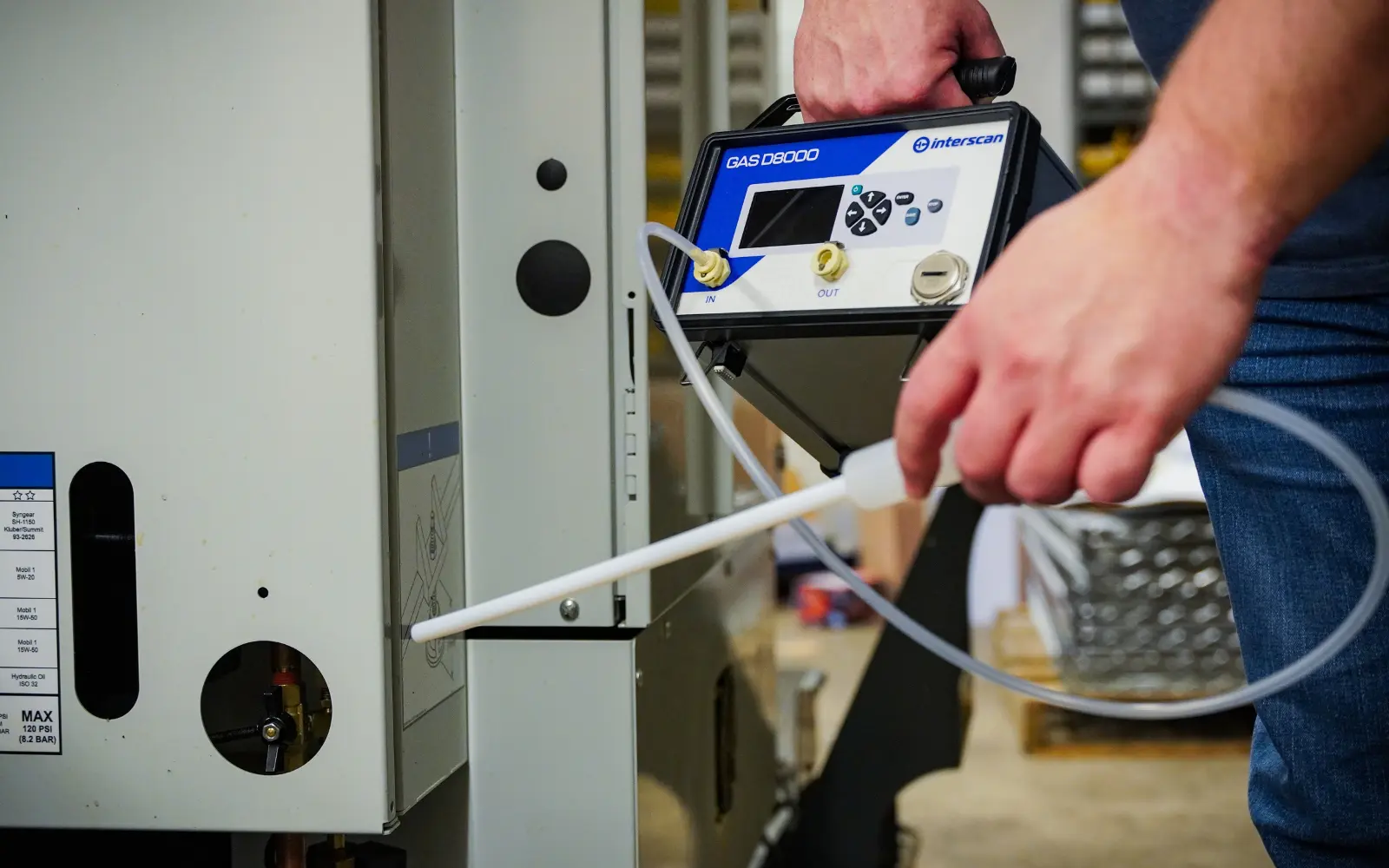Hydrogen sulfide (H2S) is a colorless gas known for its characteristic rotten egg smell. It is highly toxic and flammable, making it a significant hazard in various industries, particularly in oil and gas. H2S is often found in natural gas and crude oil, and its presence poses serious health risks to workers. Exposure to hydrogen sulfide can lead to respiratory distress, loss of consciousness, and even death in high concentrations. Therefore, effective detection and monitoring of hydrogen sulfide levels are critical for ensuring the safety of personnel working in the oil and gas sector.
The Importance of Hydrogen Sulfide Detection
In the oil and gas industry, hydrogen sulfide can be encountered during drilling, production, and refining processes. The Occupational Safety and Health Administration (OSHA) has established permissible exposure limits (PEL) for hydrogen sulfide, emphasizing the need for reliable detection systems. Continuous monitoring of H2S levels is essential to prevent exposure and ensure compliance with safety regulations. Interscan Corporation provides advanced Hydrogen Sulfide detector solutions that are crucial for safeguarding workers in hazardous environments.
Interscan's Advanced Hydrogen Sulfide Detection Technology
Interscan's hydrogen sulfide detectors are designed to provide accurate and timely monitoring of H2S levels in various industrial settings. These detectors utilize state-of-the-art sensor technology capable of detecting hydrogen sulfide concentrations as low as 0.1 parts per million (ppm). This high sensitivity allows for early detection of leaks, enabling organizations to take immediate action to mitigate risks and protect their workforce.
Sensor Specifications and Measurement Range
Interscan's hydrogen sulfide detectors are engineered to operate within a specified measurement range, typically from 0 to 100 ppm, with a maximum overload capacity of 200 ppm. The resolution of these sensors is less than 0.1 ppm, ensuring precise measurements even at low concentrations. This capability is crucial in environments where hydrogen sulfide is present, as it allows for the detection of even trace amounts of the gas, ensuring that safety protocols can be enacted swiftly.
Real-Time Monitoring and Alarm Systems
One of the standout features of Interscan's hydrogen sulfide detection systems is their ability to provide real-time monitoring and alarm systems. Continuous monitoring allows for the immediate identification of H2S leaks, ensuring that safety protocols can be enacted promptly. The detectors are equipped with audible and visual alarms that activate when hydrogen sulfide levels exceed predetermined thresholds, alerting personnel to potential dangers and enabling prompt evacuation if necessary.
Portable and Fixed Detection Solutions
Interscan offers both portable and fixed-point hydrogen sulfide detection solutions, catering to various industrial needs. Portable detectors are ideal for personal safety and spot-checking environments, allowing workers to monitor hydrogen sulfide levels in real-time as they move through different areas. Fixed detectors, on the other hand, are installed in specific locations for continuous monitoring, ensuring that any leaks are detected immediately and that safety measures can be implemented without delay.
Maintenance and Sensor Replacement
Regular maintenance of hydrogen sulfide detection systems is essential for consistent performance. Interscan's innovative Interchange Sensor System allows for quick and easy sensor replacements, minimizing downtime and ensuring that detectors remain operational. The design of these systems simplifies routine maintenance tasks, making it easier for organizations to keep their safety equipment in top condition and ensuring that they can respond effectively to any potential hazards.
Compliance with Safety Regulations
Interscan's hydrogen sulfide detection equipment meets or exceeds industry standards and regulations, including those set by OSHA and the National Institute for Occupational Safety and Health (NIOSH). Compliance with these regulations is crucial for organizations operating in hazardous environments, as it ensures that they are adhering to safety guidelines and protecting their employees from potential harm. By implementing reliable hydrogen sulfide detection systems, companies can demonstrate their commitment to workplace safety and regulatory compliance.

Applications in the Oil and Gas Industry
The applications of Interscan's hydrogen sulfide detection systems are particularly relevant in the oil and gas industry. H2S is commonly encountered during drilling operations, pipeline maintenance, and refining processes. By implementing advanced detection solutions, organizations can enhance their safety protocols and mitigate risks associated with hydrogen sulfide exposure, ensuring the health and safety of their workforce.
Conclusion
The detection of hydrogen sulfide is essential for maintaining a safe working environment in the oil and gas industry. Interscan Corporation's advanced hydrogen sulfide detection technology, including high-sensitivity sensors, real-time monitoring, and easy maintenance, provides organizations with the tools they need to ensure compliance and protect their workforce. By prioritizing safety and investing in reliable gas detection systems, companies can effectively manage the risks associated with hydrogen sulfide exposure and promote a culture of safety in the workplace. In an industry where the stakes are high, having the right detection solutions in place is not just a regulatory requirement; it is a vital component of operational integrity and worker safety.








